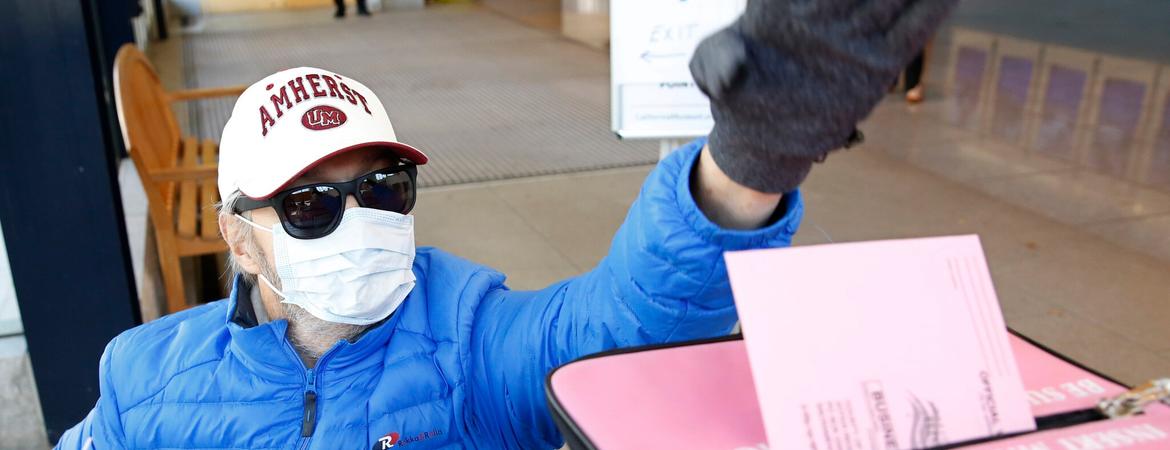Center for Social Innovation

Friday: Although Californians have a leg up, turning out voters during a pandemic will still be a challenge. Also: The jockeying for Kamala Harris’s seat has begun.
Good morning.
When it comes to preparing for a presidential election in which more voters are expected to cast their ballots by mail than ever before, California will have a head start.
Thanks to the 2016 Voter’s Choice Act, voters in some of the state’s most populous counties already got ballots mailed to them automatically ahead of the March primary. And in May, in response to the coronavirus pandemic, Gov. Gavin Newsom ordered that every voter in the state receive a ballot before the Nov. 3 general election.
[Explore mail-voting rules across the country.]
Nevertheless, a recent report from the University of California, Riverside, Center for Social Innovation found that, in order for the state to get first-time or harder-to-reach voters to the polls — physical or not — there’s work that must be done.
“It’s important to get people familiar with the options that they have,” Karthick Ramakrishnan, a U.C. Riverside professor and the center’s director, told me. “The standard, cookie-cutter approach in terms of voter education isn’t going to work.”
Mr. Ramakrishnan said that although California is among the best-prepared states for the election, along with Oregon and Washington, the pandemic and questions about disinformation and the funding of the U.S. Postal Service are unique challenges.
The ultimate goal, Francisco I. Pedraza, an assistant professor and the report’s lead author, said in a statement, is to give first-time or so-called low-propensity voters, “reassurance that their vote will be delivered” — whether they prefer to leave the ballot they filled out at home in a voting-center drop box or mail it in, or vote in person at a polling place where poll workers speak whatever language makes them feel comfortable.